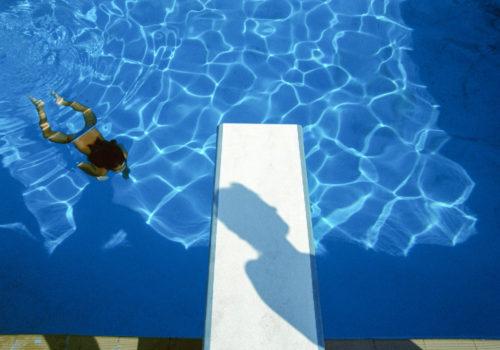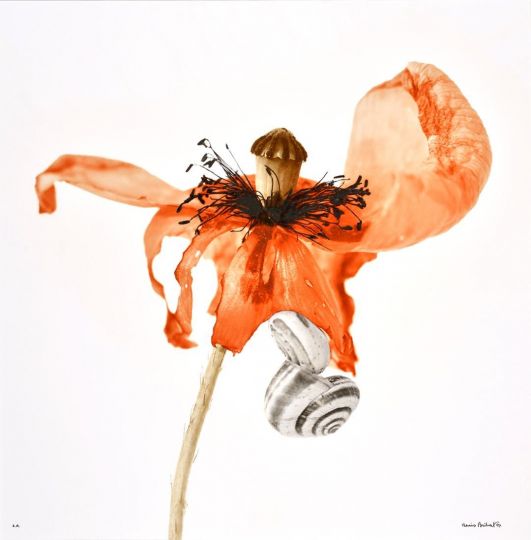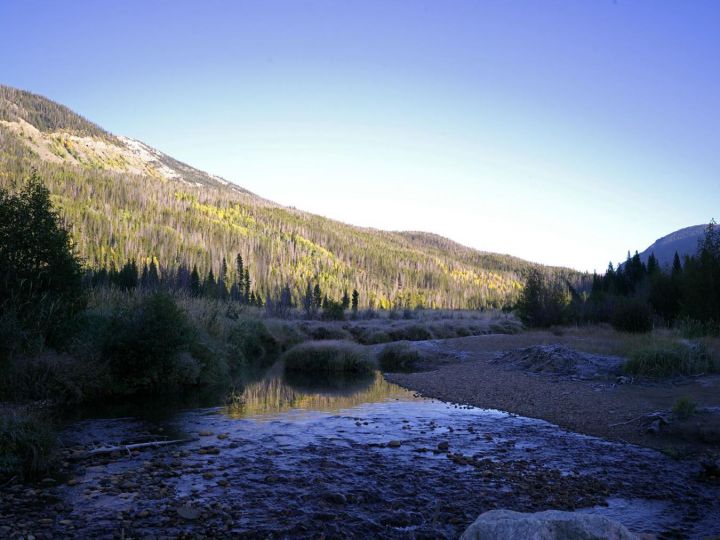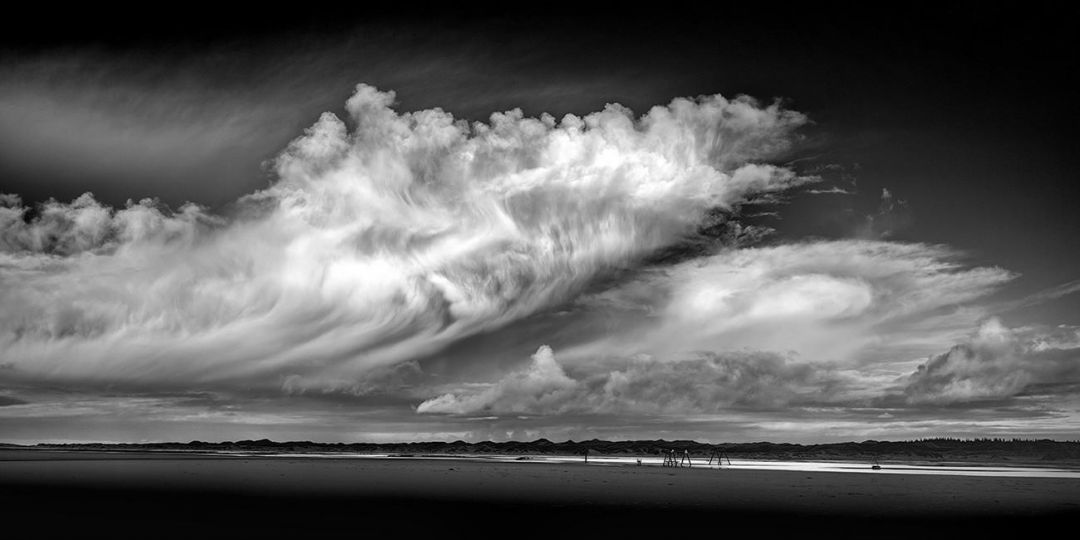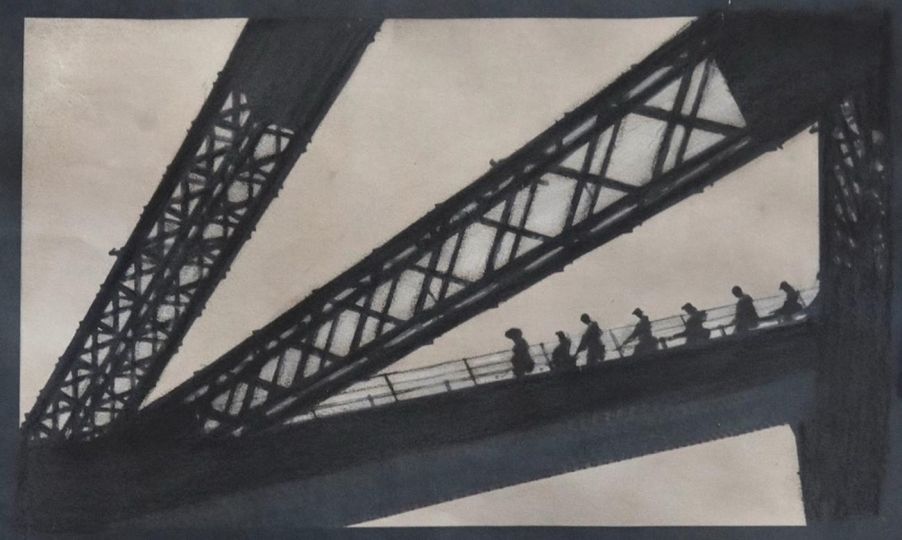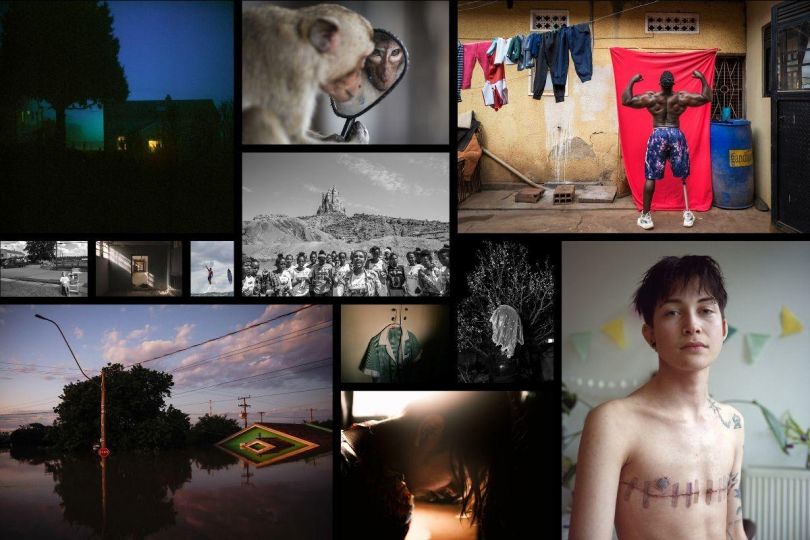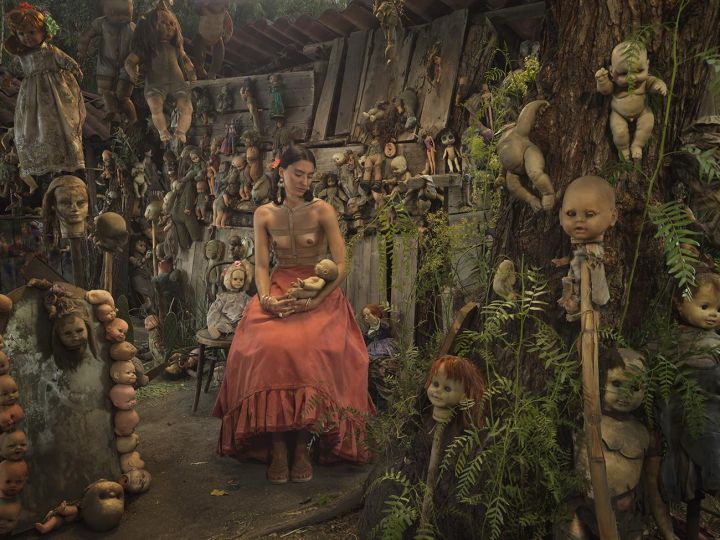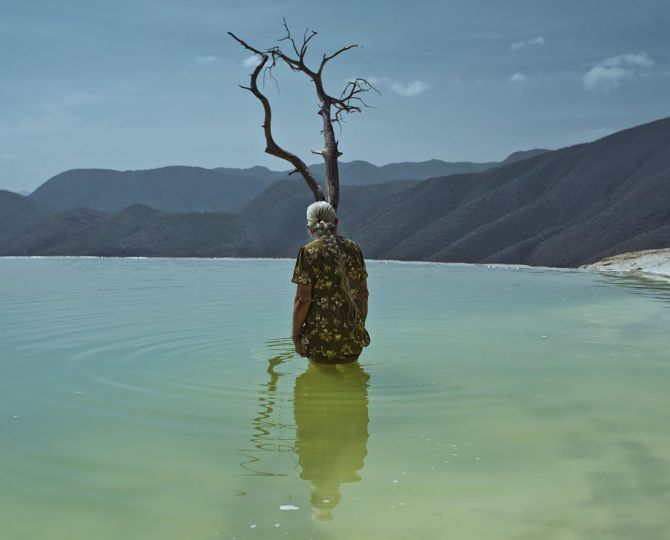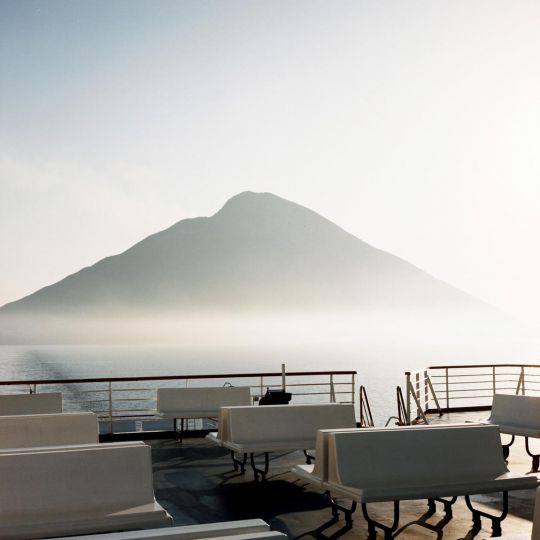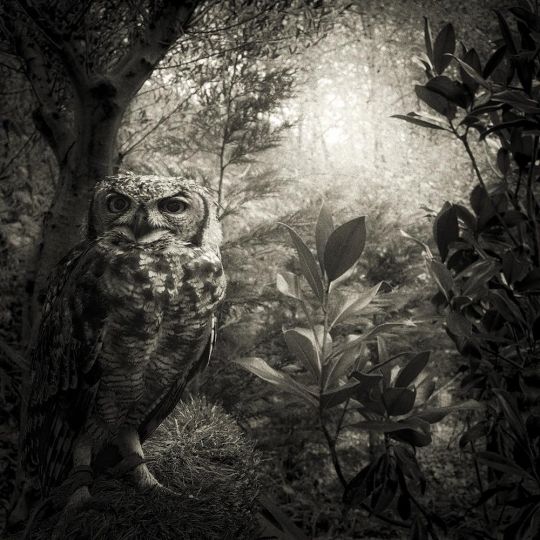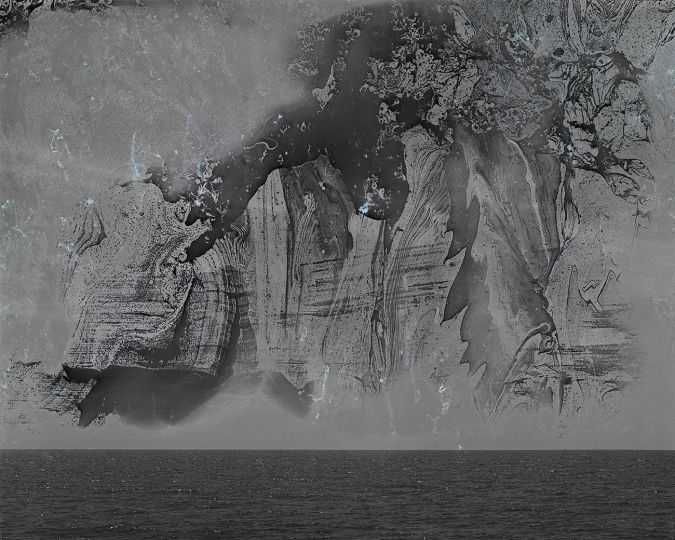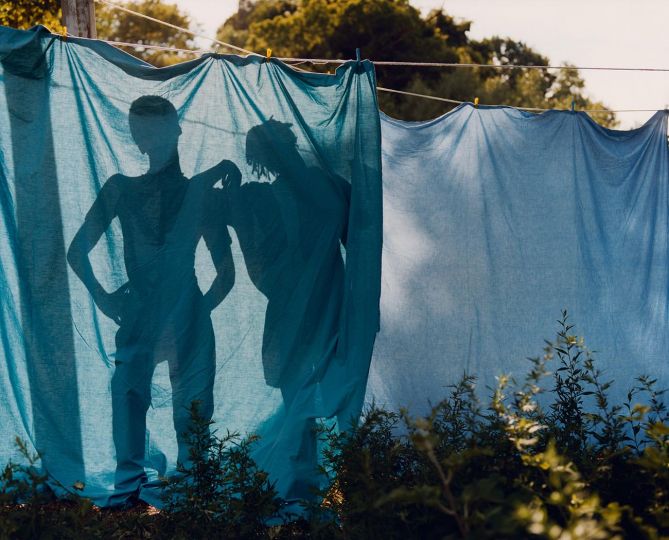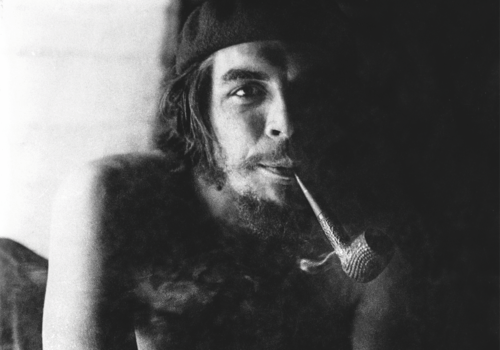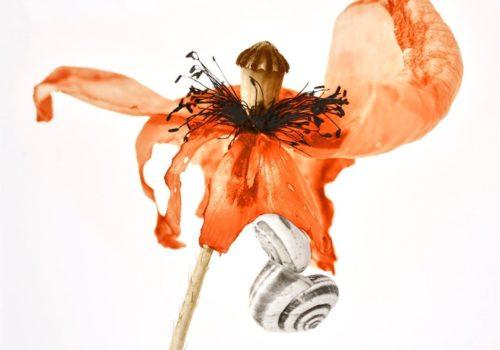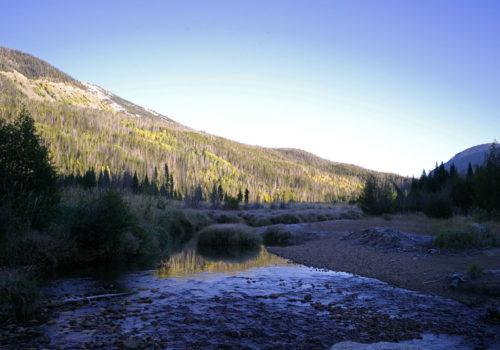This is one of the major exhibitions of this year: the Franco Fontana retrospective, presented until August 31 at the Museo dell’Ara Pacis in Rome and curated by Jean-Luc Monterosso.
It is through a celebration of geometric lines and a riot of colors that Franco Fontana revolutionized Niépce’s art from the early 1960s.
Using all the optical possibilities of photography (bold framing, shallow depth of field, high angle shots, etc.), he creates abstract minimalist images through a juxtaposition of bright and highly contrasted hues.
The choice of color, which goes against all classic black and white photography, considered the only one to be artistic, makes him a pioneer.
And yet nothing predisposed this young man to shake up the world of photography in this way.
Franco Fontana was born on December 9, 1933 in the historic heart of Modena at 52 Via Modonella. Coming from a modest family, he quickly left school to, from the age of thirteen, practice various small jobs: delivery man, hairdresser (which he had to quickly abandon because he was allergic to color!) and even worked for a wine producer as a Lambrusco bottle washer. It was in the army that, thanks to a comrade, he discovered photography. Fascinated, he rented a Kodak Retina 3 at the end of his military service and began to take his first shots, first in black and white and then very quickly in color from the beginning of the 1960s.
But he was not yet a professional photographer. He would become one in 1976, having in the meantime managed a furniture and design store and married, for the second time, Uti, the woman of his life.
So it was as an autodidact, at the age of 46, that he transformed his passion into a profession.
But to understand Franco Fontana’s unique journey and his exceptional contribution to the history of Photography, it is necessary to return to the place occupied by color in the world of images at that time.
Until the end of the 1950s, photography remained dominated by black and white. Although many technical improvements had been made to obtain so-called “natural” colors, color photography was still considered an imperfect or even “vulgar” way of representing reality. Although it spread in fashion, advertising and among increasingly numerous amateurs who used it to take their vacation photos, it remained perceived, for great photographers, as a concession.
For Henri Cartier-Bresson it was only a “professional necessity” because color is a “means of documentation” and not “of artistic expression” (1)
A statement forcefully taken up in another form in 1975 by Robert Frank, who declared “Black and white are the colors of photography”. (2)
The obligation to go through a professional laboratory to develop one’s images was considered by many to be an obstacle to creative freedom. In the darkroom, in fact, the photographer can, on a black and white film, intervene not only on the framing but also on the tones, hide or attenuate certain details and play on the grayscale. He can thus interpret reality as he wishes. In summary, as Nathalie Boulouch writes: “Color photography tells reality while black and white comments on it” (3)
(…)
In sixty-five years of a rich and varied career, Franco Fontana has published around sixty books, responded to numerous commercial requests, organized a photography festival in San Marino, led numerous workshops and even enrolled, for his own pleasure, in the postal art movement so admirably illustrated by the Italian futurists.
Without theorizing his work, Franco Fontana has always known how to nourish it with a whole culture and to dialogue with all the major artistic trends of the 21st century: surrealism, abstraction, minimalism, pop art … He was, like the American photographers of color, a precursor and a pioneer.
Therefore, in front of this work so brilliantly prolific, one can hesitate to speak of a retrospective. At most, one can sketch the outline. That of a photographer who will have marked the history of photography and accompanied, with the grace of a dilettante, Contemporary Art.
Excerpt from the text by Jean-Luc Monterosso
Franco Fontana : Retrospective
Until August 31, 2025
Museo dell’Ara Pacis
Lungotevere in Augusta, 00186 Roma RM, Italia
https://www.arapacis.it/
(1) – Clément Chéroux, Henri Cartier-Bresson, Paris, Centre Georges Pompidou, 2013, p.26
(2) – Edna Bennet, Black and White are the colors of Robert Frank, New-York, Aperture Spring 1961. Cité par Caterina Mestrovitch in Franco Fontana, Color, Skira, 2024, p.1
(3) – Nathalie Boulouch, Le ciel est bleu, une histoire de la photographie couleur, Paris, Textuel, 2011, p.12

